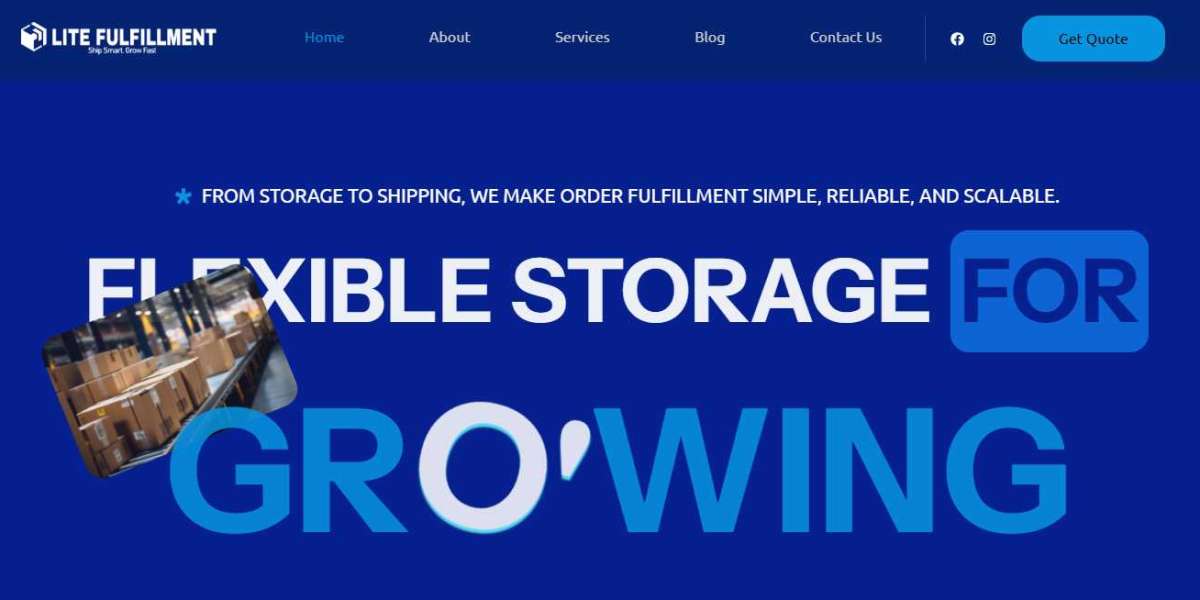Amazon FBA Prep refers to the processes and actions taken to make products ready for shipment to Amazon fulfillment centers. This preparation involves various tasks, including proper labeling, packaging, and adherence to specific Amazon requirements. Sellers who master these preparation steps can reduce delays, minimize the risk of rejected shipments, and maintain high seller metrics, which directly impact the visibility and performance of their products.
Understanding Amazon FBA Requirements
Before sending inventory to Amazon, it is essential to understand the platform’s requirements. Amazon has a detailed set of guidelines for FBA shipments, including labeling, packaging, and product condition. Each product type may have unique requirements, such as restrictions on liquids, fragile items, or products with expiration dates. Understanding these rules helps prevent your shipment from being delayed or rejected.
Proper preparation starts with knowing how your products should be labeled. Amazon requires barcodes on all items, either in the form of manufacturer barcodes (UPC, EAN, or ISBN) or Amazon’s FNSKU labels. These barcodes allow Amazon to track inventory accurately, ensuring your products are correctly linked to your seller account. Incorrect labeling can lead to lost inventory, fees, or even the removal of your shipment from the fulfillment center.
Packaging Standards and Safety
Packaging is another critical aspect of Amazon FBA Prep. Products must be packaged to withstand handling and shipping without damage. Amazon provides guidelines for the type of packaging required for different products. For example, liquids must be sealed and placed in leak-proof containers, while fragile items require protective padding.
Sellers also need to comply with Amazon’s polybag requirements. Items sold in polybags must meet size specifications, include suffocation warnings, and be sealed securely. Additionally, certain products may require preparation such as bubble wrap, taping, or shrink-wrapping to ensure they arrive at customers safely.
Choosing Between Self-Prep and FBA Prep Services
Some sellers choose to prepare their own inventory, while others rely on third-party FBA prep services. Handling prep yourself allows for full control over packaging and labeling, but it requires time, space, and careful attention to detail. Third-party prep services handle all necessary preparation tasks, including labeling, bundling, and packaging, which can save sellers considerable time and reduce the risk of errors.
Using a prep service can be particularly beneficial for sellers who ship large volumes of products, manage multiple SKUs, or want to focus on marketing and sales rather than operational details. These services typically charge per item or per shipment but offer peace of mind and consistent adherence to Amazon’s standards.
Shipment Planning and Inventory Management
Effective Amazon FBA Prep also involves strategic shipment planning. Sellers must decide how much inventory to send, when to ship, and to which fulfillment centers. Amazon uses a distributed network of warehouses, and sending inventory to the right locations ensures faster delivery to customers and lowers storage costs.
Inventory management is closely tied to FBA prep because unprepared or incorrectly prepared inventory can lead to delays and storage issues. Keeping track of stock levels, preparing shipments in advance, and monitoring sales trends all contribute to smoother operations and improved customer satisfaction.
Common Challenges in Amazon FBA Prep
Even experienced sellers face challenges in Amazon FBA Prep. Labeling errors, incorrect packaging, and missing preparation steps are common issues. Additionally, some products may have unique requirements that complicate the preparation process. To overcome these challenges, sellers must pay close attention to Amazon’s latest guidelines, continuously audit their prep processes, and ensure accuracy at every step.
Handling fragile or restricted items requires extra care. For example, products containing batteries, liquids, or perishables must meet additional safety and compliance requirements. Sellers must also consider seasonal fluctuations and peak periods, like holiday seasons, which can increase the volume of shipments and demand more rigorous preparation.
Efficiency and Cost Considerations
Efficiency in Amazon FBA Prep can save time and reduce costs. Using standardized packaging materials, organizing prep stations, and training staff or outsourcing to prep services can streamline operations. Accurate preparation also minimizes the risk of costly mistakes such as damaged products, rejected shipments, or penalties from Amazon.
Monitoring costs associated with prep is equally important. While it might be tempting to cut corners, investing in proper preparation ultimately protects your products, ensures timely delivery, and maintains high seller ratings, which can translate into increased sales over time.
Preparing for Growth and Scaling
As businesses grow on Amazon, FBA prep becomes even more critical. Scaling operations requires consistent processes that can handle larger volumes while maintaining compliance and quality. Many sellers create SOPs (standard operating procedures) for prep tasks to ensure uniformity across teams and shipments.
Automation tools and software can also assist in preparing and managing inventory. These tools can generate packing slips, create labels, and track prep progress, which improves efficiency and reduces human error. Investing in scalable systems allows sellers to expand their Amazon business without disruptions.
Final Thoughts
Amazon FBA Prep is more than a simple step in the fulfillment process—it is the foundation of a smooth, successful Amazon selling experience. Proper labeling, packaging, and adherence to Amazon’s standards ensure that products reach customers safely, shipments are accepted without delay, and your seller metrics remain strong. Whether preparing products yourself or using a prep service, attention to detail and careful planning are essential. Efficient preparation supports growth, saves time, and ultimately contributes to higher customer satisfaction and long-term success in the competitive Amazon marketplace.


